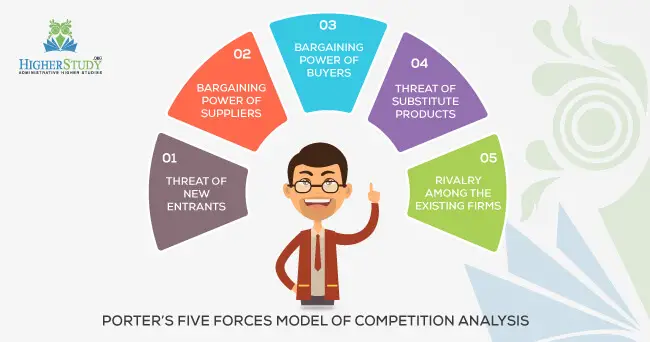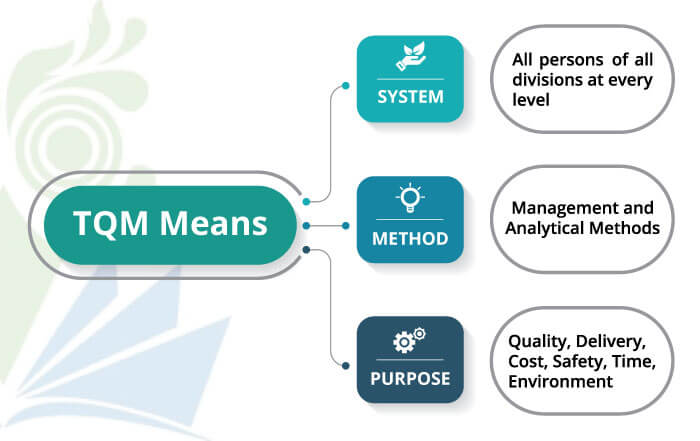Mergers and Acquisitions Strategy (What is M&A?)
For making more effective a business, business owners apply different types of competitive strategies. Mergers and acquisitions strategy is one of them. It is also called the M&A strategy. However, there are described what is M&A strategy and related more things.
Mergers and Acquisitions Strategy (What is M&A Strategy?):
If you ask what M&A is, then arises the different objectives. The objectives of the mergers and acquisitions strategy are mainly similar. For example, they can-
- Dramatically strengthen the market position of a company;
- Open new prospects for competitive benefits;
- Fill resource holes and permit the new company to do things which the prior companies could not do alone;
- Combine the abilities and competitive competencies of the merged businesses;
- Attain wider environmental coverage and larger fiscal resources;
- Increase production size and enlarge into new zones; and/or
- Ensure substantial cost-saving through joining operations of many companies.
Merger and acquisition (M&A) combines the skills and competitive capabilities of the merged companies.
What is a Merger?
A merger occurs when two or more organizations merge, and their operations absorb by a news organization. A merger is an approach through which two or more organizations decide to take part in their actions on a relatively co-equal base because they have assets and skills that may create a stronger competitive advantage. These are all things detailed in Strategic Management: Competitiveness and Globalization, 2001 by Michel A. Hitt, R. Duane Ireland, and Robert E. Hoiskisson.
In the professional world, a merger is a blend of two or more two businesses. When combined, a new company creates. The businesses lose their liberal personalities after having been merged. The partnering companies dissolved. Their assets and liabilities are combined. New share/stock issues for the new company created after a merger. Thenceforth, they can never operate the business with their previous names independently. The merger can go on among organizations with the same state or organization from corner to corner the national boundaries.
The merger can take place among organizations within the same country or among organizations across the national borders.
Examples of Mergers:
Monjur Ahmed reported in The Daily Prothom Alo on the 28th of December 2009. For example, an international merger is a deal between Reckitt & Coleman of the U.K. and Benckiser of the Netherlands. A recent example of a national merger is Bangladesh Shilpa Bank (BSB) merger and Bangladesh Shilpa Rin Sangstha (BSRS) – both government-owned specialized financial institutions. The BSB and BSRS officially merged and started operations as Bangladesh Development Bank Limited (BDBL) on first January 2010. This is the lone example of the merger of two financial institutions in the county. BDBL received registration from the Registrar of Joint Stock Companies and Firms as a public limited company. The newly created company, after the merger, had taken over the assists and liabilities of both BSB and BSRS amounting to 0.3 million USD Dollars (assets) and 0.16 million USD Dollars and 17,664 USD Dollars (liabilities), and 835 employees (including managerial people).

What is an Acquisition?
An acquisition happens when one company buys (or acquires) another company. It is a strategy through which one firm purchases a controlling or hundred percent interest in another firm by making the acquired firm a minor business within its portfolio. The first business (acquirer), after buying the company, engages the actions of the second company (the acquired). The acquired legal identity of the company is lost. The acquirer company rests liberated and works its business as it is.
The acquisition is a strategic plan through which one firm buys a regulating or 100% profit in another firm.
When the Standard Charter’s acquisition strategy. In the international arena, numerous mergers are taking place every year. For example, in 2003-2004, Yahoo! Acquired Inktomi Corporation; John and Johnson acquired Scios; Pfizer acquired Pharmacia; Oracle acquired PeopleSoft, and Kodak acquired Practice Works.
Major Reasons for Acquisition Meaning:
The major reasons for acquisition under the mergers and acquisitions strategy include here. Such as:-
- Increase market power,
- Overcome entry barriers,
- Reduce the cost of new product development,
- Increase speedy access to market,
- Reduce risk compared to developing new products,
- Increase diversification of businesses,
- Providing improved capacity utilization,
- Making better use of the existing sales force,
- Gaining economies of scale, and
- Avoid excessive competition.
Good Working of Acquisition Strategy:
An acquisition Strategy Works Well When Companies-
- Lack of important competencies required to compete in the business area where they want to enter
- Quickness is significant, and they need to exchange fast (acquisition is a faster way to create market existence and produce sufficient cash flow);
- Contemplate entering into businesses with less risk than an internal startup, as they acquire “known profitability, known revenues, and known market share, all of which reduce uncertainty.”
- Catch that the to-be-acquired firm adores important defense from fences to entry into the industry apprehensive. Acquisition chooses when entry barriers are numerous and problematic to stunned.
When Acquisition Strategy Does Not Work Well:
D. J. Ravenscraft and F. M. Scherer explain when acquisition strategy does not work well in the Mergers, Sell-offs, and Economic Efficiency, 1987. However, indication shows that the acquisition strategy does not work well in many situations. It fails to add value to the parent company and even drives away shareholder value. Many acquisitions destroy rather than create value. When the acquisition strategy fails, it fails because:-
- Companies often experience troubles when trying to integrate opposite corporate cultures,
- Companies overestimate the potential economic benefits from an acquisition,
- Acquisitions tend to be very expensive, and
- Companies often do not sufficiently screen their acquisition objectives.
Suitability of both Merger and Acquisition Strategies:
The merger and acquisition (M&A) strategies are suitable in situations where strategic alliances do not yield desired results because of the lack of a ‘sense of ownership.’ Mergers and acquisitions strategy permits the associating firms to have proprietorship relations, rather than partnership relations. They are very effective in international business, too. Companies can build a good market presence in other countries through mergers and acquisitions (M & A strategy). Companies may merge or acquire to fill in resource and/or technology gaps. Gamble, Nestle, Procter, and Kraft have made several acquisitions to establish a stronger global presence. There are hundreds and thousands of examples of merger and acquisition (m&a) strategies worldwide.



